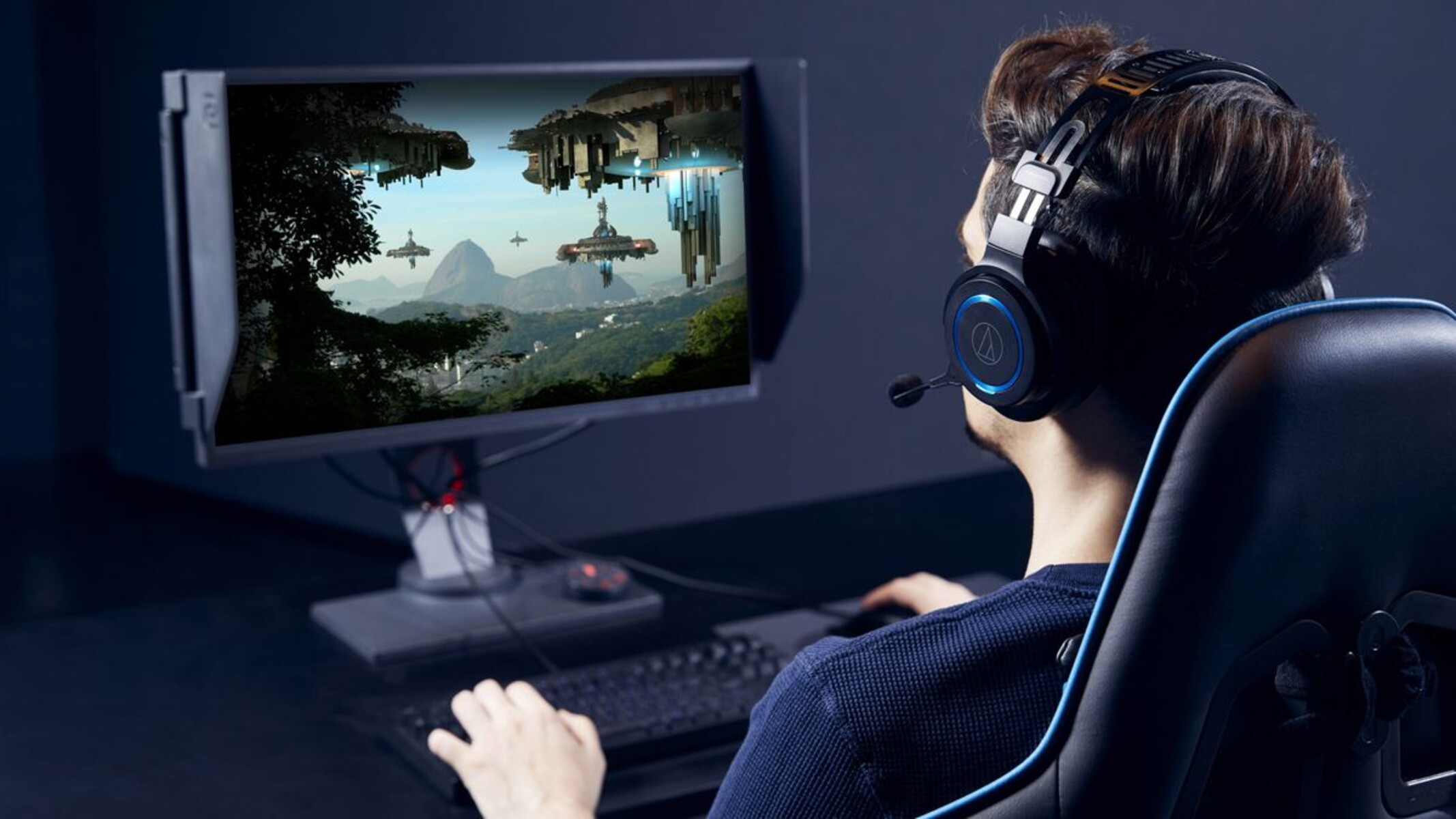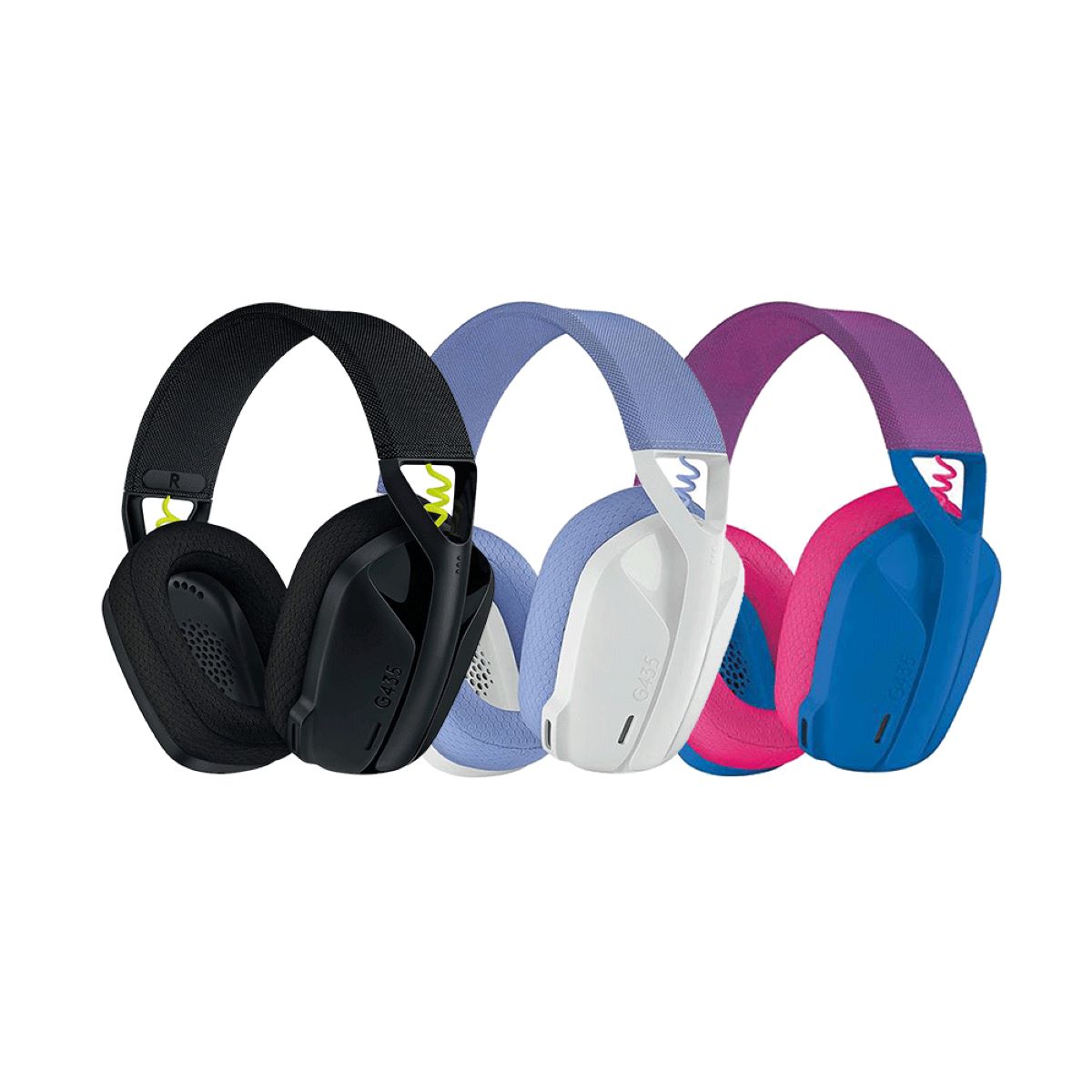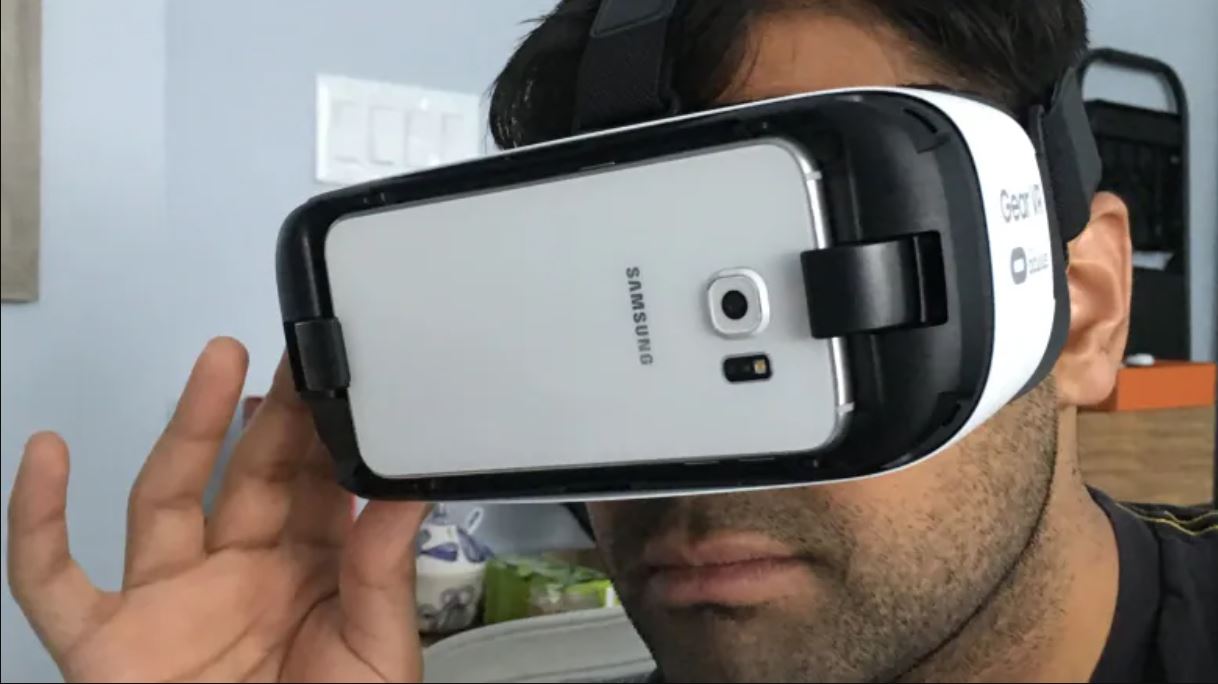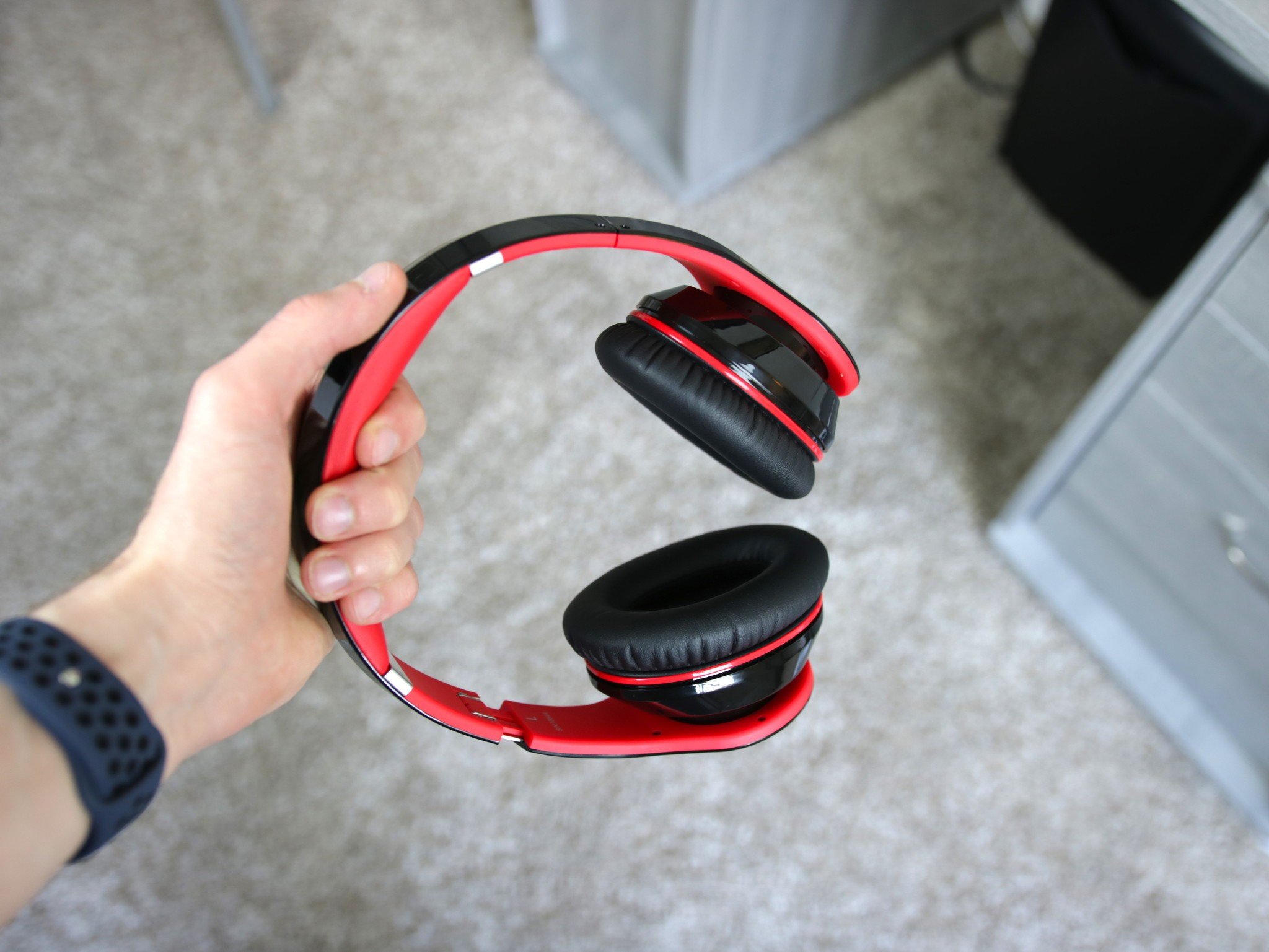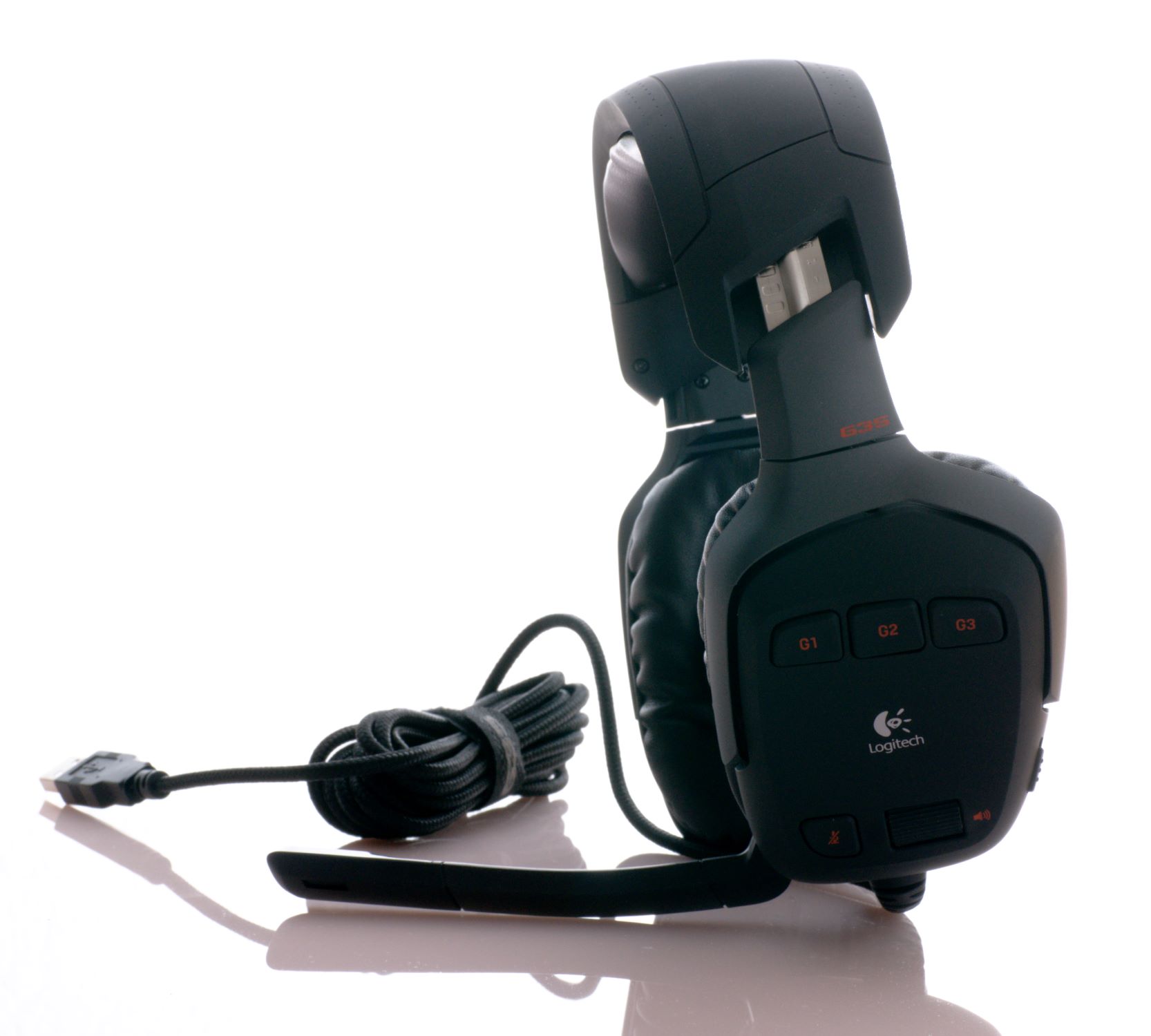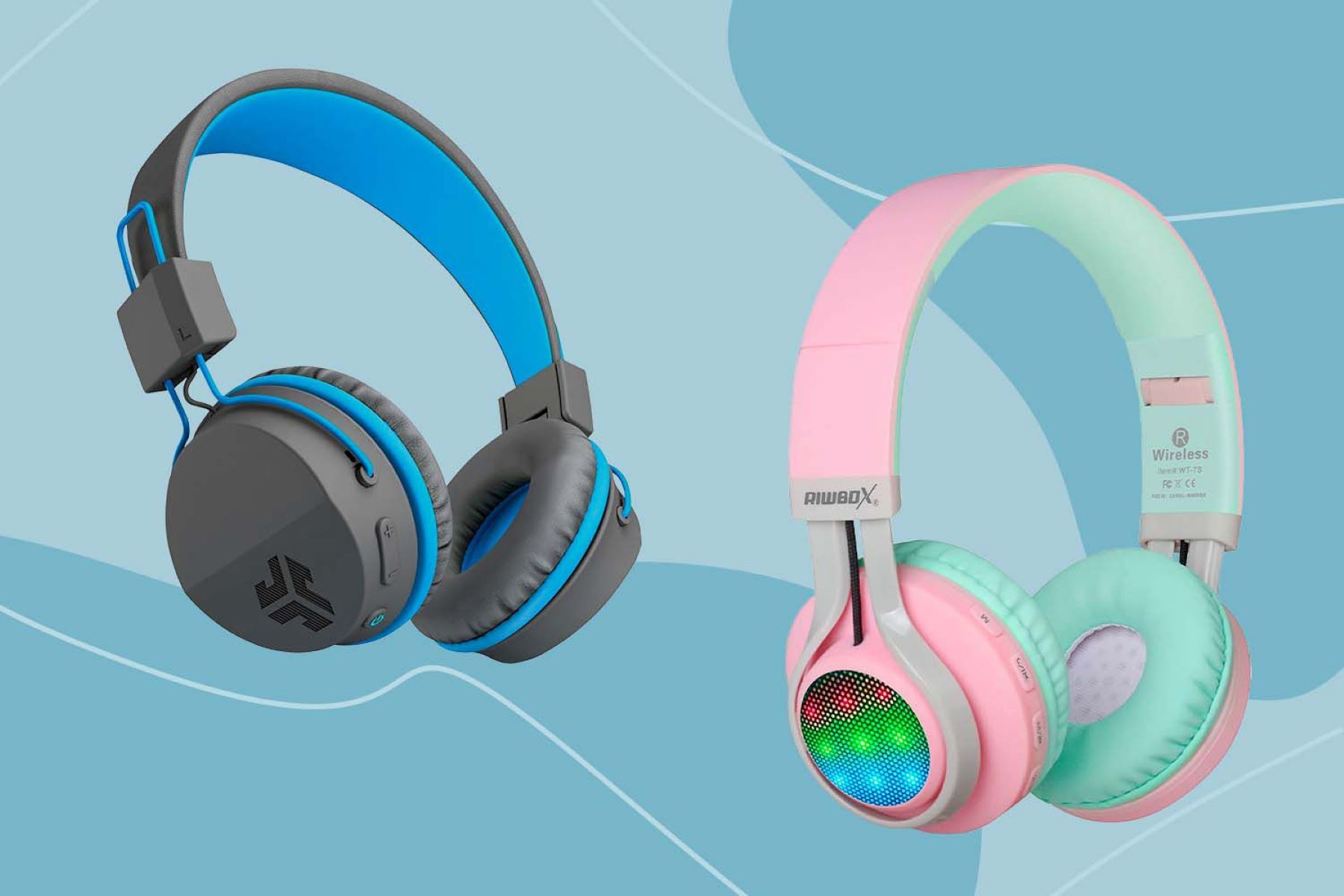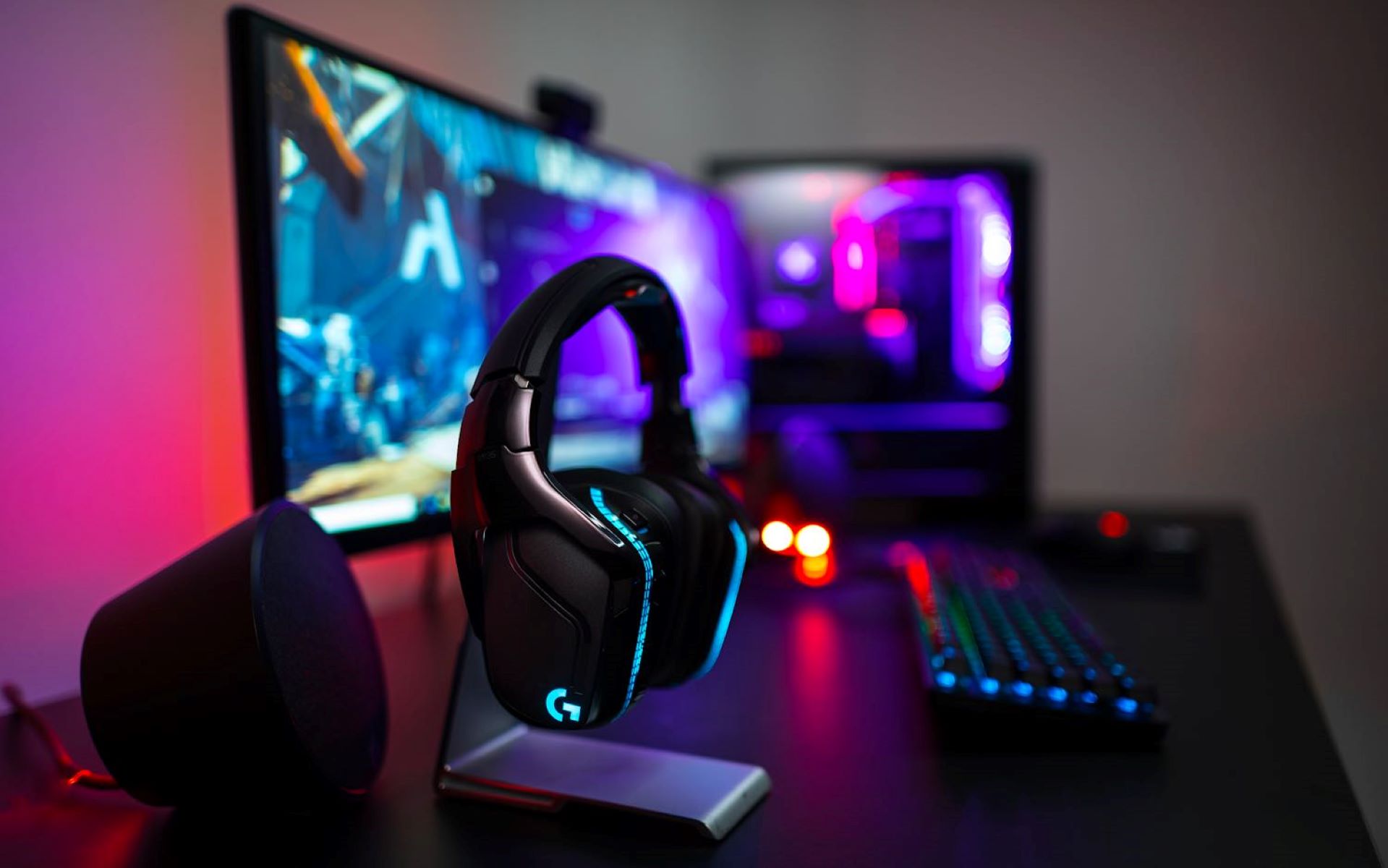Introduction
Introduction
With the rising popularity of online gaming and the increasing demand for immersive audio experiences, gaming headsets have become an essential accessory for many gamers. These headsets not only provide high-quality sound but also offer a means of communication with fellow players during multiplayer games. However, despite their numerous benefits, gaming headsets can sometimes lead to discomfort and even pain in the ears. Understanding the reasons behind this issue is crucial for both gamers and manufacturers in order to address and mitigate these concerns.
From prolonged usage to the quality and fit of the headsets, several factors can contribute to ear discomfort and pain. By delving into these aspects, we can shed light on why gaming headsets may cause such discomfort and explore potential solutions to alleviate these issues. Whether it’s due to overuse, poor quality, high volume levels, or improper fit, the impact on the ears can be significant. This article aims to dissect the various reasons why gaming headsets can make your ears hurt and provide insights into how these issues can be mitigated.
Overuse of Headsets
As gaming sessions can extend for hours, it’s common for gamers to wear their headsets for prolonged periods. This overuse can lead to ear discomfort and even pain. The continuous pressure exerted by the headset’s ear cups can cause strain on the ears, leading to soreness and fatigue. Additionally, the prolonged contact with the ear pads can result in increased heat and moisture, creating an environment conducive to discomfort and potential skin irritation. This overuse-related discomfort is further exacerbated by the tight seal of the ear cups, which, while essential for noise isolation, can contribute to a feeling of pressure and discomfort over time.
Moreover, the extended use of headsets can lead to a phenomenon known as “listener fatigue,” where the constant exposure to audio at high volumes can strain the ears, leading to discomfort and diminished sensitivity to sound. This can result in the need to increase the volume levels over time, further exacerbating the potential for ear discomfort and damage.
It’s essential for gamers to be mindful of the duration for which they wear their headsets and to take regular breaks to allow their ears to rest and recover. Additionally, investing in headsets with breathable ear pads and adjustable headbands can help alleviate the discomfort associated with prolonged use.
Poor Quality of Headsets
The quality of a gaming headset plays a pivotal role in determining the comfort and well-being of the user’s ears. Poorly constructed headsets often lack adequate cushioning in the ear cups, leading to increased pressure on the ears and potential discomfort. Additionally, substandard materials used in the construction of the headband and ear cups can contribute to irritation and soreness, particularly during extended gaming sessions.
Furthermore, low-quality headsets may have uneven weight distribution, leading to undue pressure on specific areas of the ears, which can result in discomfort and even pain. The lack of proper padding and cushioning in the ear cups can also lead to increased heat retention and moisture, creating an environment conducive to discomfort and potential skin irritation.
Moreover, the sound quality of poor-quality headsets may be inconsistent, leading users to increase the volume to discern audio cues clearly. This can subject the ears to higher decibel levels, increasing the risk of discomfort and potential hearing damage over time.
Investing in a high-quality gaming headset with ample cushioning, breathable materials, and even weight distribution can significantly mitigate the risk of ear discomfort and pain. By prioritizing the quality of the headset, gamers can ensure a more comfortable and enjoyable gaming experience while safeguarding their aural well-being.
High Volume Levels
Gamers often immerse themselves in gameplay by cranking up the volume on their headsets to fully experience the audio elements of the game. While this heightened audio experience can be captivating, it also poses a risk of discomfort and potential harm to the ears. Listening to audio at high volume levels through gaming headsets can lead to ear fatigue, discomfort, and, in severe cases, hearing damage.
Extended exposure to high volume levels can lead to a condition known as noise-induced hearing loss (NIHL), which occurs when the delicate hair cells in the inner ear are damaged by excessive noise levels. This can result in diminished hearing sensitivity and, in some cases, permanent hearing impairment. Additionally, exposure to loud sounds can cause temporary or even permanent tinnitus, characterized by a persistent ringing or buzzing sensation in the ears.
Moreover, high volume levels can lead to listener fatigue, where the ears become desensitized to sound, prompting users to increase the volume even further to perceive audio cues clearly. This cycle can lead to a continuous escalation of volume, heightening the risk of discomfort and potential hearing damage.
To mitigate the risks associated with high volume levels, gamers should be mindful of their listening habits and adhere to recommended volume guidelines. Additionally, investing in gaming headsets with built-in volume limiters or employing external volume control measures can help regulate sound levels and safeguard the ears from potential discomfort and harm.
Improper Fit
The fit of a gaming headset is paramount in ensuring comfort and preventing ear discomfort. Ill-fitting headsets can exert uneven pressure on the ears, resulting in discomfort and potential pain. Headsets that are too tight can cause excessive pressure on the sides of the head and the ears, leading to soreness and fatigue during extended use. Conversely, headsets that are too loose may shift and slide during gameplay, causing irritation and detracting from the overall gaming experience.
Furthermore, an improper fit can compromise the effectiveness of noise isolation, as gaps between the ear cups and the ears allow ambient sounds to penetrate, prompting users to increase the volume to compensate. This can lead to heightened exposure to loud sounds, increasing the risk of discomfort and potential hearing damage.
Moreover, the positioning of the ear cups is crucial in ensuring a comfortable fit. If the ear cups are not aligned with the ears or if they exert pressure on the earlobes or the cartilage, it can lead to discomfort and soreness over time. Additionally, the material and shape of the ear pads play a significant role in determining the comfort of the headset, as inadequate cushioning and breathability can contribute to heat retention and moisture, leading to potential discomfort and skin irritation.
Investing in a gaming headset with adjustable headbands and ear cups, as well as ample cushioning and breathable materials, can help users achieve a comfortable and secure fit. Ensuring that the headset conforms to the contours of the head and ears without exerting excessive pressure is essential in preventing discomfort and promoting an enjoyable gaming experience.
Conclusion
Gaming headsets, while integral to the immersive gaming experience, can inadvertently lead to ear discomfort and pain if certain factors are not carefully considered. From overuse to the quality and fit of the headsets, several elements can contribute to the potential for ear discomfort among gamers. It is imperative for both gamers and manufacturers to acknowledge and address these concerns to ensure a more comfortable and sustainable gaming experience.
By being mindful of the duration for which headsets are worn and taking regular breaks, gamers can mitigate the risk of ear discomfort resulting from prolonged use. Additionally, investing in high-quality gaming headsets with breathable materials, ample cushioning, and adjustable features can significantly enhance comfort and reduce the likelihood of discomfort and pain.
Regulating volume levels and employing measures to prevent excessive noise exposure are crucial in safeguarding the ears from discomfort and potential harm. Gamers should be cognizant of their listening habits and prioritize their aural well-being by adhering to recommended volume guidelines and utilizing headsets with built-in volume limiters.
Furthermore, ensuring a proper fit of the gaming headset is essential in preventing ear discomfort. Adjustable headbands, ear cups, and cushioning materials play a pivotal role in providing a secure and comfortable fit, thereby enhancing the overall gaming experience while minimizing the risk of discomfort and pain.
By addressing these factors and implementing measures to mitigate the potential for ear discomfort and pain, gamers can indulge in extended gaming sessions with greater comfort and confidence. Manufacturers, in turn, should prioritize the design and construction of gaming headsets to prioritize user comfort and aural well-being, thereby fostering a more sustainable and enjoyable gaming experience for all.







